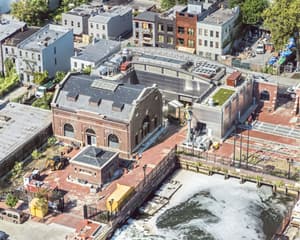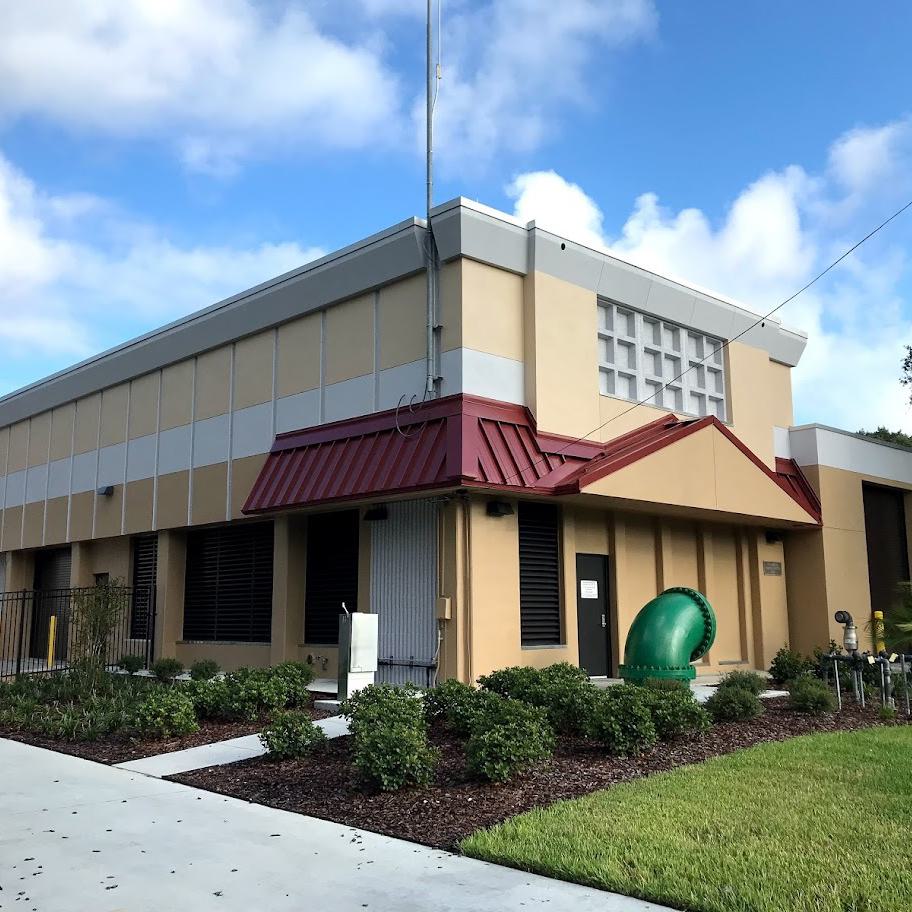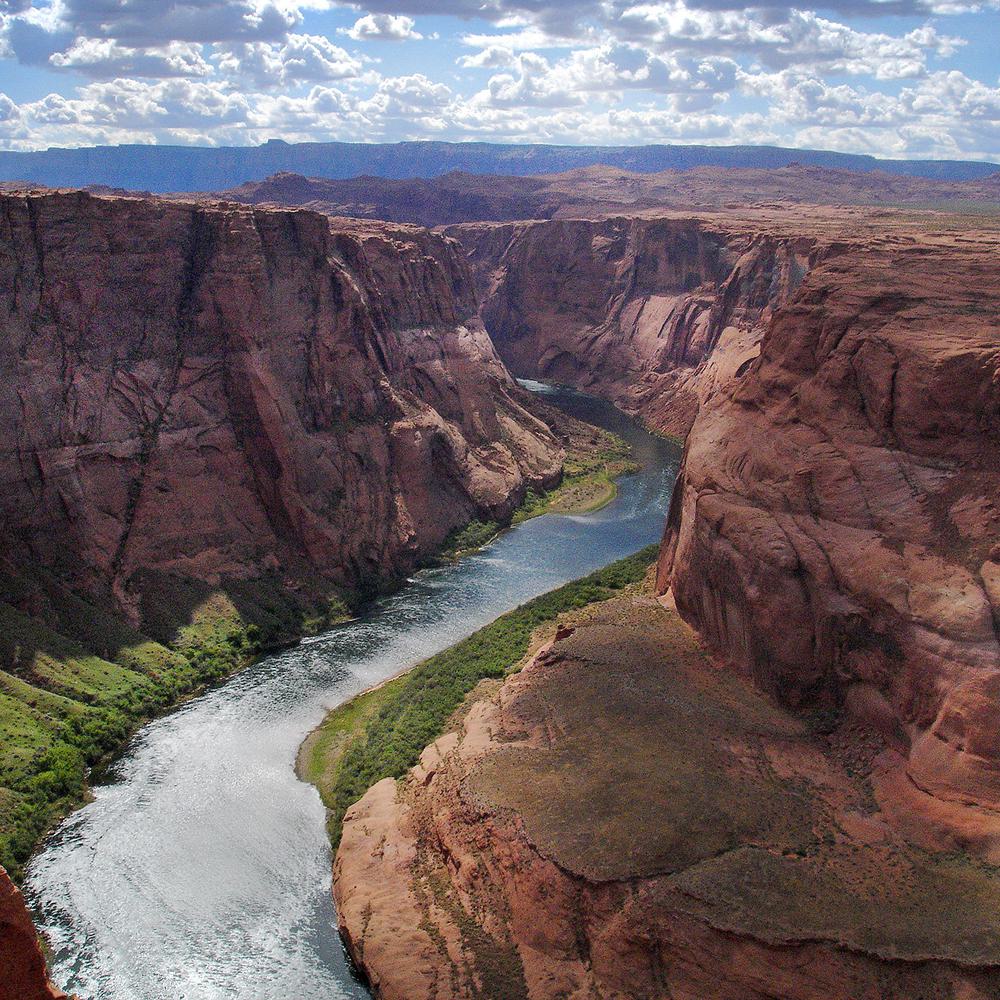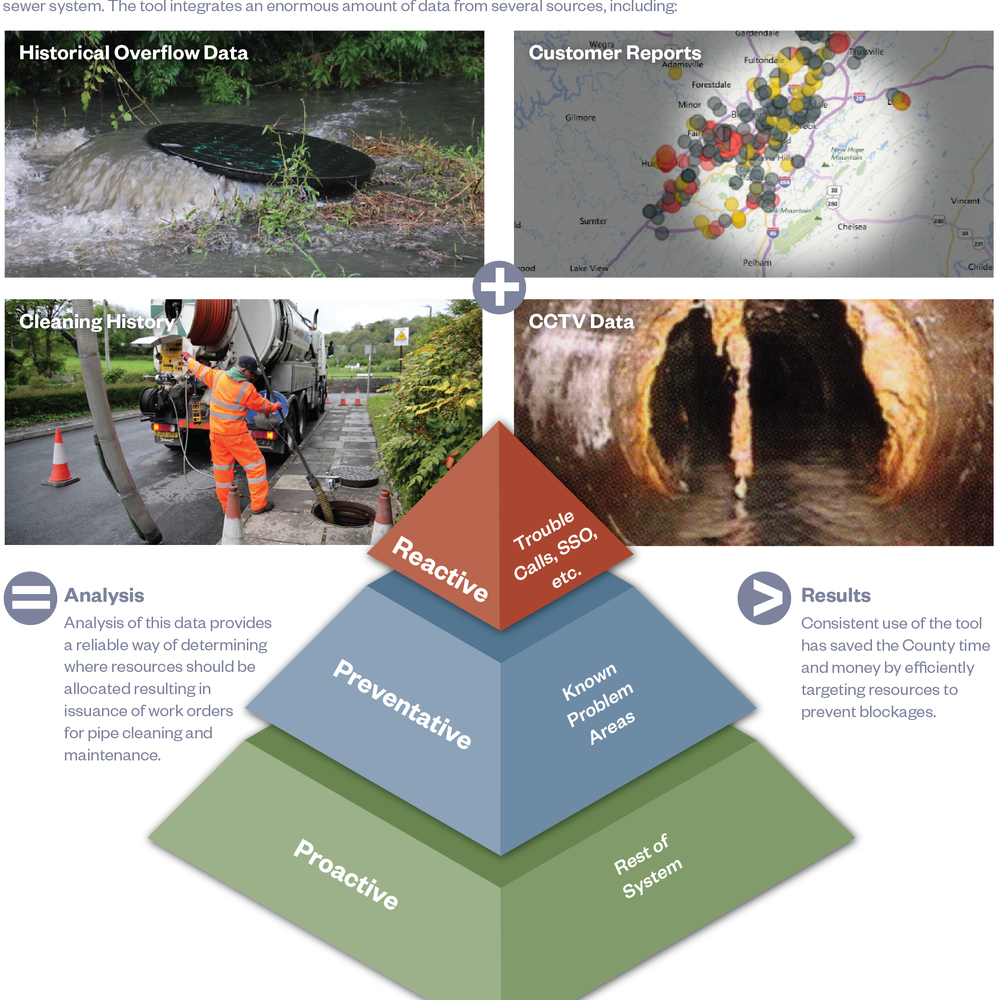Mayor Adams, EPA Break Ground on $1.6 Billion Project to Protect Gowanus Canal From CSOs
When Completed, Underground Storage Tanks Will Dramatically Reduce Pollution into the Gowanus Canal
(NEW YORK, NY - March 15, 2023) – New York City Mayor Eric Adams, New York City Chief Climate Officer and New York City Department of Environmental Protection (DEP) Commissioner Rohit T. Aggarwala, and U.S. Environmental Protection Agency (EPA) Region 2 Administrator Lisa F. Garcia today broke ground on the first of two underground storage tanks that will have the combined capacity to prevent up to 12 million gallons of sewer overflow during rainstorms, stopping it from polluting the Gowanus Canal. This groundbreaking marks an important alignment among city leadership and the EPA to get these projects on track after Gowanus was categorized as a Superfund site in 2010. These two major infrastructure projects will make an estimated $1.6 billion investment in Brooklyn’s waterways and public spaces, significantly improve the health of the canal, and create 3.6 acres of new public waterfront open space and amenities for the Gowanus community.
“Today’s groundbreaking will protect the Gowanus Canal from pollution and deliver acres of new public spaces and waterfront access to New Yorkers,” said Mayor Adams. “This project is a powerful statement about our city’s adaptability and determination, and we’re not stopping here in Gowanus. We want to make sure that every waterway in New York City is clean enough for the dolphins we saw in the Bronx River to swim in, and whenever we have opportunities to bring new public open spaces to communities that are crying out for them, we’re going to seize those chances.”
The Gowanus Canal was originally a tidal creek winding through marshland, but, in the 1860s, it was converted into a 100-foot-wide, 1.8-mile-long canal for industrial use. Chemical plants, oil refineries, and other heavy industries operated next to the canal and discharged their waste into it. Sewer overflows only added to this pollution. The EPA declared the location a Superfund site in 2010 and kicked off efforts to clean the canal and remediate the area.
By intercepting the overflow from the sewer system during rainstorms, the underground tanks — announced as part of today’s groundbreaking — will help keep the remediated canal clean. In addition to the sewage overflow tanks at the center of today’s announcement, as a part of the Superfund designation, EPA is in the process of dredging approximately 581,000 cubic yards of polluted sediment from the bottom of the canal and capping the bottom to prevent further contamination.
Related Topics:

The Gowanus CSO upgrades will significantly improve water quality to the canal and enrich the community with public parks and recreational space.

Rendering of public space design atop first tank site.
Breaking Ground on First Tank
Today’s announcement celebrates the groundbreaking of what will be the first tank, located at the north end of the canal, bounded by Nevins Street, Butler Street, and Degraw Street. Over the last year, the city has cleared the project site, including carefully deconstructing and salvaging the brick, terracotta, and bluestone elements of the 1913 Gowanus Station building, which will be reconstructed as a part of the project. Today, the city is kicking off the $329 million contract for the excavation and construction of the tank that will hold up to 8 million gallons of combined sewage during rainstorms, as well as the waterfront public open space that will sit on top of the tank.
In addition to the tank, the project will include a headhouse building to host the mechanical and electrical systems for the tank, odor control equipment, and screens that will remove debris from the sewer overflow.
Atop the tank, which extends underground nearly two blocks from Butler Street to Degraw Street, the city will construct a 1.6-acre waterfront public open space. The landscape will feature a waterfront esplanade with reclaimed concrete block benches, large planted areas that frame views to the canal, gently sloped lawns bordered with seatwalls and benches, granite pavers, and weathered steel accents. Areas of plantings will manage stormwater runoff and reduce the heat island effect.
Excerpted from the NYCDEP website.





















